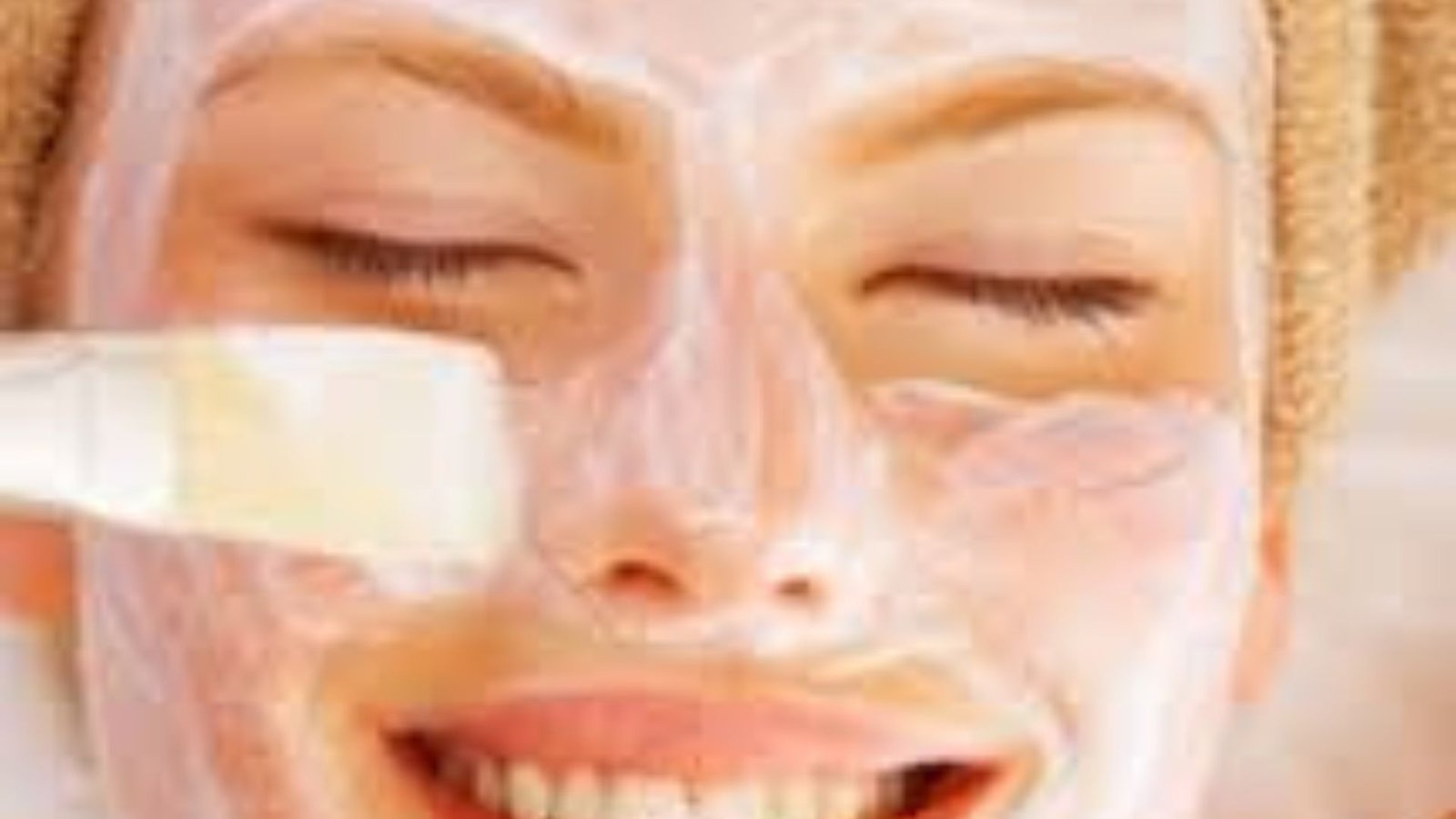|
Getting your Trinity Audio player ready...
|
Skin bleaching, a contentious practice, has been a subject of much debate. Understanding the multifaceted factors behind this phenomenon is crucial for fostering informed discussions. Delve into the intricacies of skin bleaching and the various elements that contribute to its prevalence.
Sociocultural Influences
The nexus between beauty standards and societal expectations plays a pivotal role in the decision to bleach one’s skin. Sociocultural influences, deeply ingrained in communities, often perpetuate the notion that fairer skin equates to enhanced beauty and social acceptance.
Media Portrayals
Media, with its powerful influence, contributes significantly to shaping perceptions of beauty. Advertisements and popular culture often emphasize lighter skin tones, subtly influencing individuals to seek bleaching products as a means to conform to these perceived ideals.
Historical Context
Examining the historical roots of skin bleaching unveils a complex narrative. From colonial-era influences to cultural assimilation, the historical backdrop elucidates how certain communities adopted skin bleaching practices as a response to external pressures and power dynamics.
Psychological Factors
Individual psychological factors, such as low self-esteem or a desire for social acceptance, can drive people towards bleaching. Understanding the emotional aspects behind this choice is crucial for developing empathy and addressing the root causes.
5. Marketing Strategies
The aggressive promotion of skin-lightening products by the beauty industry contributes to the widespread use of such products. Analyzing marketing strategies unveils the tactics employed to exploit insecurities and create a demand for bleaching solutions.

Health Implications
A critical facet often overlooked is the potential health risks associated with skin bleaching. Harsh chemicals present in many bleaching agents can lead to adverse effects, including skin irritation, pigmentation issues, and, in severe cases, long-term damage.
Regulatory Environment
The regulatory framework surrounding bleaching products varies globally. Some regions have stringent regulations, while others lack proper oversight. Examining the regulatory environment is crucial for understanding the accessibility and safety of these products.
Conclusion
Navigating the factors of bleaching requires a comprehensive understanding of the interplay between sociocultural, historical, and psychological elements. Acknowledging the influence of media and scrutinizing marketing strategies are pivotal in fostering a nuanced dialogue surrounding this controversial practice. As we explore this intricate terrain, it is essential to consider the broader implications and advocate for inclusive beauty standards that celebrate diversity and individuality.
